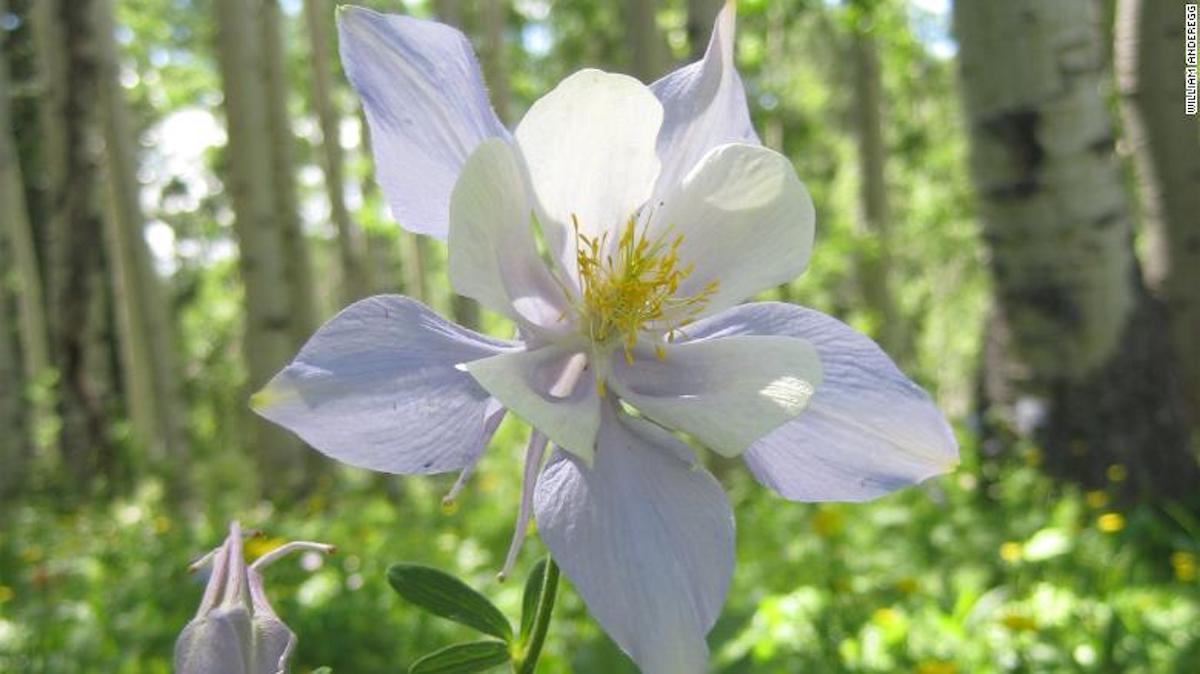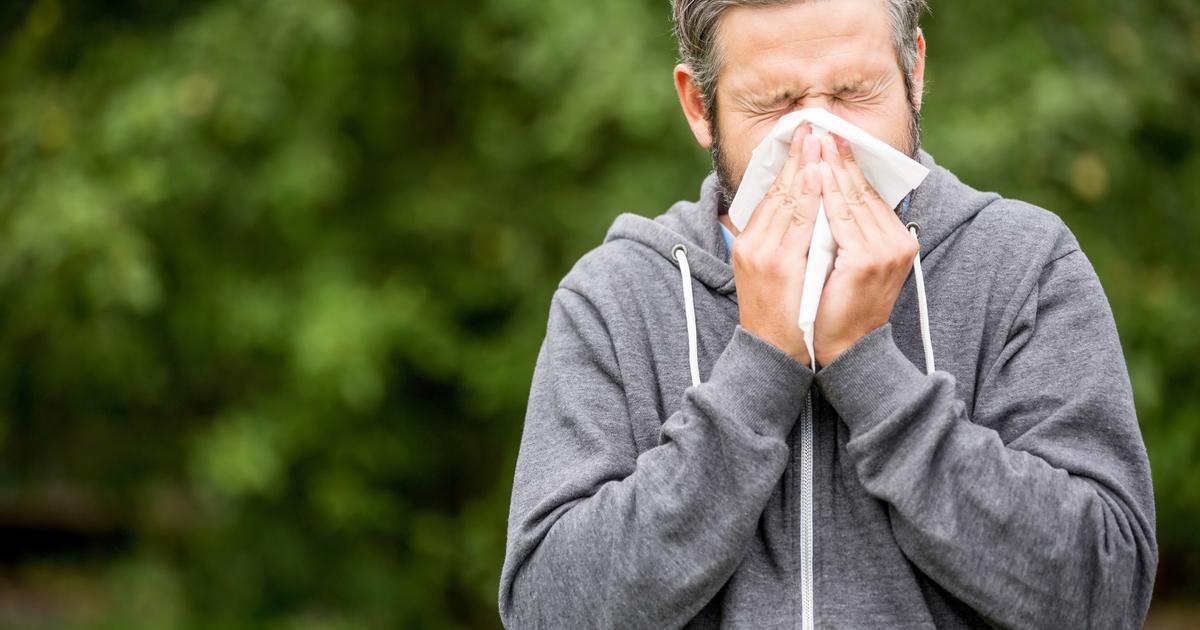Trees shed clouds of pollen 0:46
(CNN) -
Allergies aren't just a seasonal sneezing nuisance.
Hay fever has significant health and economic consequences.
It exacerbates asthma and weakens defenses against respiratory viruses, leading to more emergency room visits and disrupting school and job attendance.
Climate change has already made pollen seasons worse in the United States and Canada, a new study of nearly three decades of data revealed.
Pollen seasons are getting longer and more intense.
The amount of time people in North America are exposed to pollen, as well as the amount of pollen, has "increased significantly" in recent decades, according to the authors.
The researchers looked at different pollen metrics, between 1990 and 2018, from 60 monitoring stations in North America.
Pollen seasons began up to 20 days earlier and lasted up to eight more days, the scientists found.
advertising
Pollen costs Japan 2 billion dollars every year, why?
Pollen is real and flies like a cloud through the air 0:40
There was also an increase in pollen count or pollen concentration, with an increase of 20.9%, between 1990 and 2018, and an increase of 21.5%, only in the spring season.
“There is a huge body of research on how climate change is already affecting our health.
Our study completes a key piece connecting climate change to pollen, which is a major driver of asthma, allergies, and respiratory health problems, ”said William Anderegg, assistant professor of biology at the University of Utah and author. The main study that was published in the journal PNAS on Monday.
"It is a clear example that climate change is here and now."
Are you allergic to pollen?
Avoid these foods
Climate change has lengthened and intensified pollen seasons in the US and Canada, according to a new study.
This photo shows a Colorado blue columbine with visible pollen.
Regional differences
The largest and most consistent increases were in Texas and the U.S. Midwest, the study found, something that surprised Anderegg.
He had expected to see a greater increase in pollen in more northern states.
The lead author of the study said the reason for this was not "entirely clear and more research will be needed to unravel a hypothesis, which could be that the plant species found there are particularly sensitive to warming and produce more pollen."
The study looked at different drivers for this change, including changes in temperature, rainfall, frosty days, and carbon dioxide concentrations, and found that an increase in annual mean temperatures was the most important factor.
Using computer models of Earth's climate, the researchers also calculated to what extent human-caused climate change had increased pollen concentrations and lengthened pollen seasons.
"These computer models simulate a world without man-made climate change and a world with man-made climate change (that is, the real world)," Anderegg said by email.
"By combining the observed connection between pollen and temperature with these two different scenarios, we can estimate how much human-caused climate change is influencing pollen trends."
Pollen record at Atlanta 1:52
Longer pollen seasons
The researchers concluded that there was a "strong driver" in terms of the earliest starts of the pollen season and the longest lengths of the season.
However, it was a more modest driver when it came to higher pollen concentrations.
The contribution of man-made climate change was more marked during the period 2003 to 2018 compared to the longer period from 1990 to 2018, the scientists said, likely reflecting both the cumulative effect of climate change and a greater number of pollen monitoring stations during the shortest period.
The researchers also noted that the human environmental impact was more modest when looking at figures for an entire year compared to the spring season, with some declines in summer pollen counts indicating that the life cycles of some species of plants had changed.
According to the US Centers for Disease Control and Prevention, about 19.2 million adults have been diagnosed with hay fever, an allergic reaction to pollen, a fine dust from plants that can come into contact. with the eyes, nose, mouth and throat.
climate change pollen




/cloudfront-eu-central-1.images.arcpublishing.com/prisa/BBBPQ6SMUZFU3DURZG66IXKRFI.jpg)




